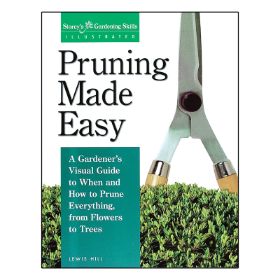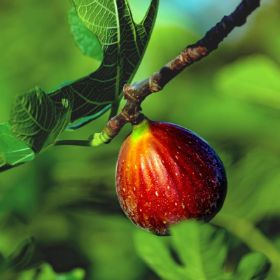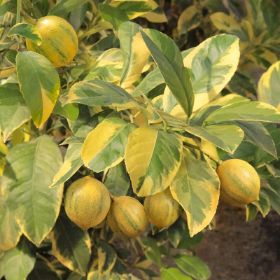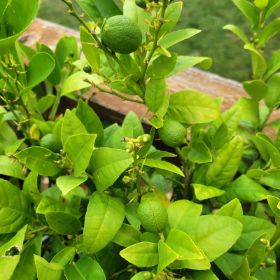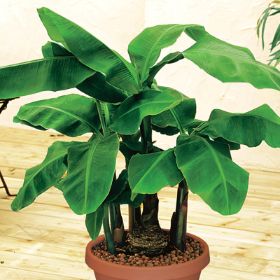Description
(Punica granatum ‘Nana’) Add a splash of Mediterranean charm to your garden, patio, or sunny windowsill with the Dwarf Red Pomegranate Tree. This compact, self-pollinating variety is prized for its vibrant blooms, glossy red fruit, and versatility as both a fruiting and ornamental plant.
Ideal for small spaces or container growing, this dwarf pomegranate is easy to care for and thrives indoors or out. Whether you’re looking to enjoy the beauty of its orange-red flowers or harvest your own edible arils, this tree offers plenty of reward with very little effort.
Why You’ll Love It
- Compact Size – Matures to 8–10 feet tall and wide; ideal for containers, patios, and small-space gardens
- Brilliant Blooms – Showy orange-red flowers attract pollinators and brighten up the landscape
- Edible Fruit – Small, ruby-red pomegranates ripen in September; juicy arils are sweet-tart and can be eaten fresh or juiced
- Self-Pollinating – No second tree needed for fruit production
- Cold-Hardy & Versatile – Grows outdoors in Zones 7–11, or overwinter indoors in Zones 2–6
Growing Requirements
- Sunlight: Requires full sun (6+ hours/day) for best flowering and fruiting
- Soil: Prefers well-drained loamy soil with a pH of 5.5–7.0
- Watering: Keep soil evenly moist but not soggy; allow slight drying between waterings
- Fertilization: Apply a balanced fruit tree fertilizer in early spring
- Pruning: Prune in late winter or early spring to shape and encourage strong growth
Container Growing Tips
- Start with a pot at least 12–16 inches wide with drainage holes
- Use a well-draining potting mix; amend with perlite or sand for improved drainage
- In Zones 2–6, bring indoors before the first frost; place near a bright, sunny window
- Water less frequently while the tree is dormant indoors in winter
Size & Spacing
- Mature Size: 8–10 feet tall and wide
- Recommended Spacing: 8–10 feet apart if planting more than one
Frequently Asked Questions
Q: Can you grow a dwarf pomegranate tree indoors?
A: Yes! The Dwarf Red Pomegranate Tree is an excellent choice for indoor growing. Just place it in a sunny window and bring it outdoors during the warmer months to boost growth and flowering.
Q: Is the fruit from this tree edible?
A: Absolutely. While the fruit is small, it’s completely edible. The juicy arils inside have a sweet-tart flavor and can be eaten fresh, juiced, or used in salads and desserts.
Q: How long does it take to bear fruit?
A: Most dwarf pomegranate trees begin producing fruit in 2 to 3 years after planting, especially with proper care and sunlight.
Q: Will I need more than one tree to get fruit?
A: No. This variety is self-pollinating, so you’ll only need one tree to enjoy fruit.
Q: Can I grow this tree in cold climates?
A: Yes, but in Zones 2–6, it should be grown in a container and overwintered indoors to protect it from freezing temperatures.
Survival Guaranteed!
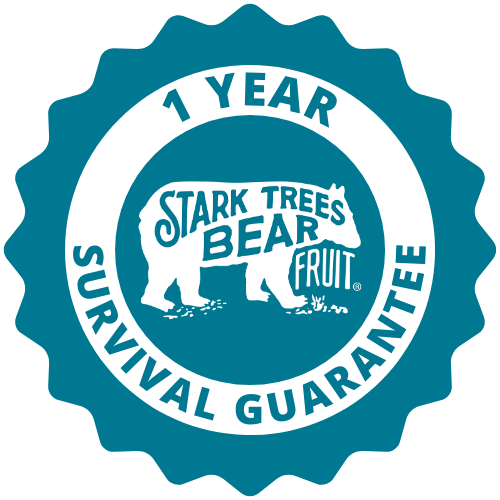

Since 1816, Stark Bro’s has promised to provide customers with the very best fruit trees and plants. It’s just that simple. If your trees or plants do not survive, please let us know within one year of delivery. We will send you a free one-time replacement, with a nominal shipping fee of $9.99. If the item in question is not available, we can issue a one-time credit to your account equaling the original product purchase price or issue you a refund. Read more about our warranty policy.
Characteristics
| Bloom Color | Orange, Red |
| Fruit Color | Red |
| Fruit Size | Small |
| Hardiness Zone Range | 2 - 11, Outdoor Planting: 7 - 11 |
| Pollination | Self-Pollinating |
| Ripens/Harvest | September |
| Shade/Sun | Full Sun |
| Soil Composition | Loamy |
| Soil Moisture | Well Drained - Average Moistness |
| Soil pH Level | 5.5 - 7.0 |
| Texture | Soft, Juicy |
| Years to Bear | 2 - 3 |
Size & Spacing
Mature Size
Recommended Spacing
Zone Compatibility
Pollination
This variety is self pollinating.
Tools & Supplies
Planting & Care
Learn all about how to grow pomegranate trees in The Growing Guide. An entire section of our website dedicated to your growing success.








